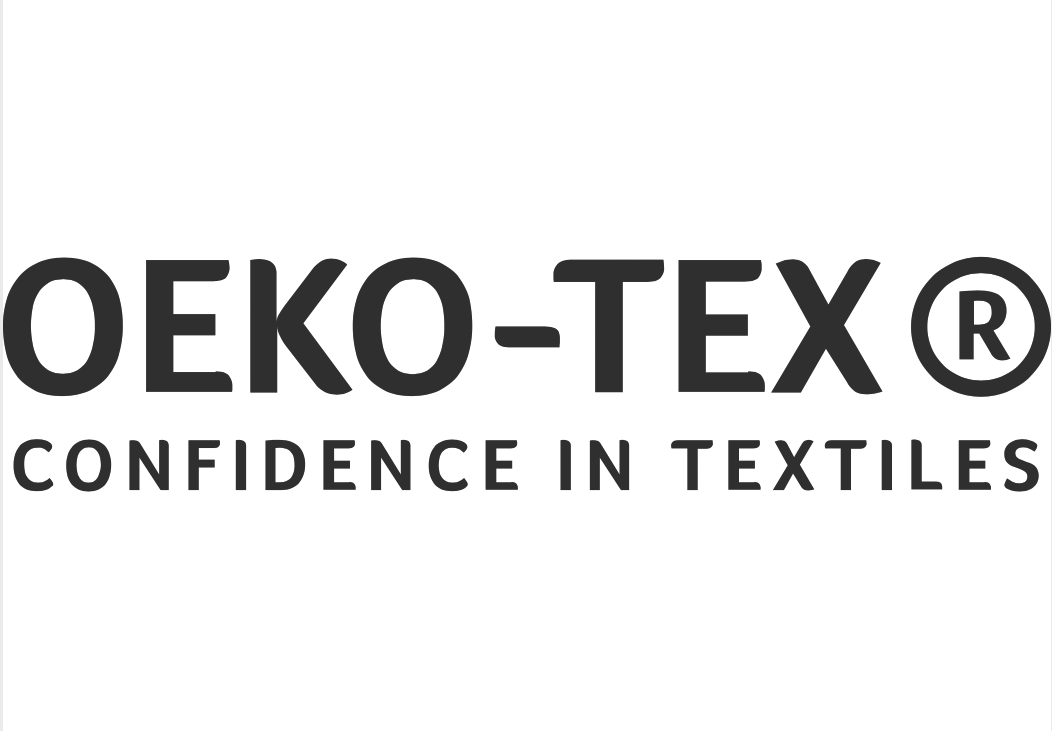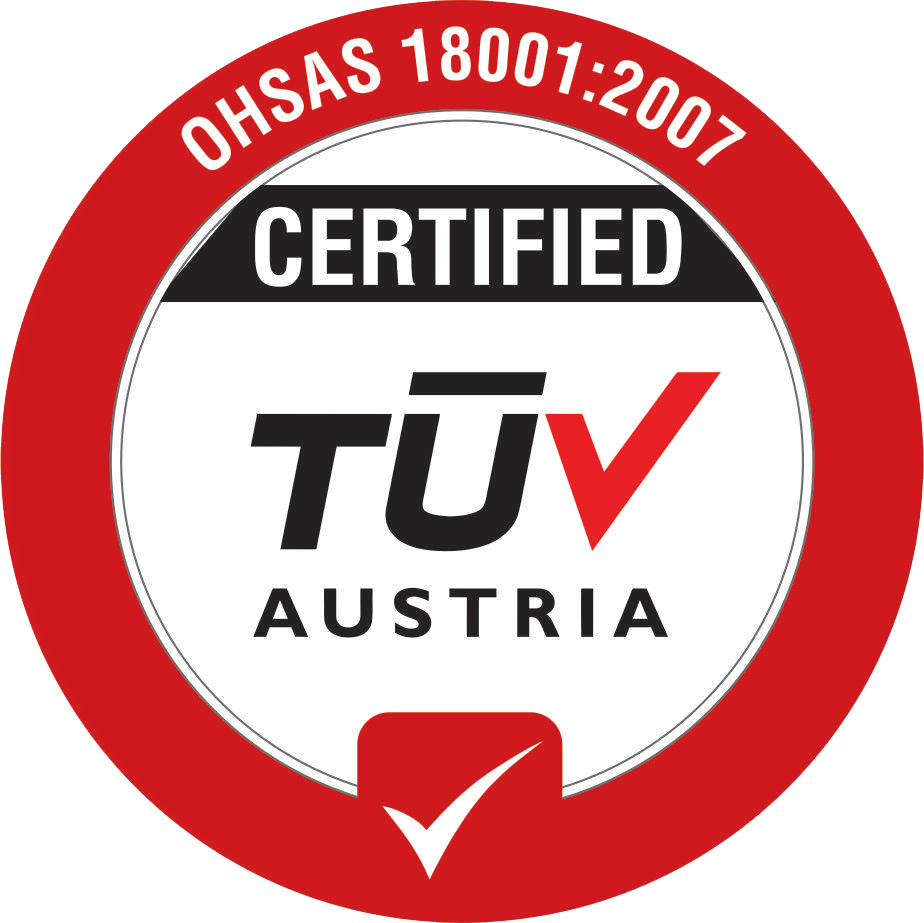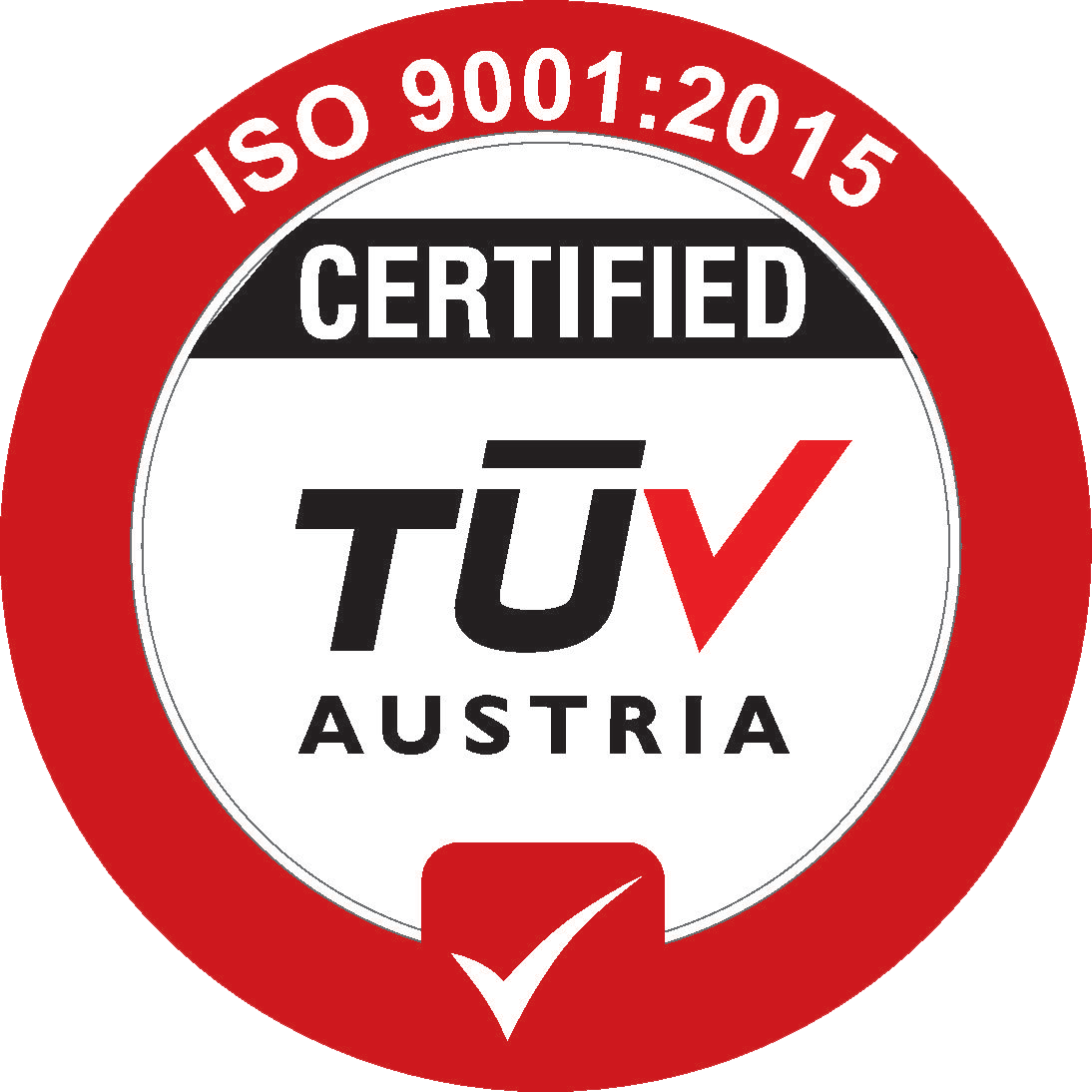Effluent Treatment
Echotex was the first of its kind in Bangladesh to establish a modern effluent treatment plant (ETP), treating 100% of our wastewater to a standard far above the minimal requirements. Within 6 months of its operation, EchoTex received Bangladesh government’s highest recognition with the National Environmental Award 2010. Today we are one step away from achieving a Zero Discharge ETP.
Less water in dyeing
Our fabric dyeing plant utilises the latest dyeing technology. With only 45,000-50,000 litres of water used per tonne of fabric, our plant is more than four times efficient than the average dyeing plant in Bangladesh. These water savings have seen us highly commended by the IFC Cleaner Production Programme.
Rain Water Harvesting
Echotex began harvesting rainwater on the roof of its garments, dyeing & finishing, maintenance and utility buildings (125,000 sqf) to use directly into wet processing. The aim of rain water harvesting project is to reduce dependency on ground water reserves. In the wet season of 2016 Echotex rainwater harvesting project to save 35,000 cubic meter of rain water.
Water consumptions litres per kg in fabric dyeing
*Data sourced from ARUP Report 2014. Publication source www.textilepact.net/pdf/publications
LED sewing machines
Highly efficient LED lights are installed in all sewing machines as well as garments finishing floors thus reducing electricity consumption significantly, lowering our factory’s carbon emissions.
Energy efficient sewing machines
All sewing machines are controlled by servo drive that protects motor life and conserves electricity use by 60%.
Condensation Trap
In washing, finishing, dyeing and garments ironing section Echotex has installed condensation traps and condensate recovery pumps. The condensation is collected and transferred to the boiler feed tank, reducing the amount of energy needed to heat the rest of the tank.
Soft startup Washing Machines, Booster Pumps and Air Compressor
Washing units, washing machines, air compressors and booster pumps are controlled by inverters that uses soft starter in motor operation, significantly reduction energy requirements.
Economiser Boiler
Our boiler feed tank is properly insulated to maintain the feed water temperature above 90 degrees celsius at all times. Moreover, we are using a built-in economiser in the boilder that recovers heat from exhaust gases, and transfers this to the incoming boiler feed water, thus increasing the overall boiler thermal efficiency and reducing CO2 emissions.
Heat Recovery in Dyeing
We use low liquor ratio dyeing machines that significantly reduces water consumption. These dyeing machines also have inbuilt heat recovery systems that saves considerable energy.
Heat Recovery in Finishing
Heat Recover system from stenter machine exhaust and condensed recovery from compactor machine, which reduced thermal energy consumption by 20% and lowered the factories CO2 emissions.
Exhaust Gas Boiler (EGB)
EGB operates by exhaust gas from two gas generators. 1500 kg/hr of steam is produced from the EGB boiler which saves 83,8656 m3/year. Gas consumption is equivalent to 7,393,591.3 KWh/year as well as reduced emission of 1509.5 CO2 tons/year .
Through such pioneering practices, Echotex is saving 19,577,964 KWh of energy per year and reducing CO2 green house gas emissions by 4,191 tons per year.
CO2 green house gas reduction in tons per year.
Development Partners
The support from our friends in the industry, has helped us grow strong and grow green.
ELIMINATING THE NEGATIVE ENVIRONMENTAL AND RELATED SOCIAL IMPACTS OF TEXTILE WET PROCESSING
Textile wet processing has lead to excessive groundwater extraction and surface water pollution in Dhaka. PaCT is an IFC funded programme that works with global brands to encourage and facilitate the adoption of best practices to address the high water, energy, and chemical usages typical of wet processing. The programme has since helped to drive the long-term competitiveness and environmental sustainability of the textile sector. PaCT have helped participating factories conserve 14.4million cubic metres of water each year and make savings of $7.6 million.
ANALYSING THE TEXTILE INDUSTRY’S RESOURCE CONSUMPTION, ENVIRONMENTAL IMPACT AND OCCUPATIONAL SAFETY
A member of the World Bank Group, IFC is the largest global development institution focused exclusively on the private sector. Bangladesh is a priority country for IFC and they work closely with the textile sector to ensure its continued growth and global competitiveness. Approaches to date have included; implementing improved building and worker safety conditions, improving resource efficiency, and mobilizing lower-cost financing solutions to enable needed factory safety upgrades.
Zero Discharge ETP
Zero means reusing 100% of water discharged from different processes which is still a dream. 70-80% can be reused through Reverse osmosis system. But we are working with Atomic Energy Commission to find a way for zero discharge.
Solar Energy
Echotex has been chosen by H&M to pilot a solar energy programme, the first of its kind in Bangladesh. Plans are underway to install photovoltaic panels on top of the factory’s buildings next year. Generating most of the factories energy needs from solar power will reduce dependency on natural gas that is in short supply across the country.
Sludge to Fertiliser
Sludge is a solid secondary waste produced after treating dyehouse wastewater using a common ETP. This residue contains toxin organic compounds and heavy metals that can contaminate agricultural land and surface water. Echotex teamed up with the Bangladesh Atomic Energy Commission to devise a way of making this sludge safe to dispose of. Ionizing radiation is being used to break down and decontaminate the sludge converting it into an excellent organic fertiliser.
Air Conditioning from Waste Heat
Installation of Hot Water Absorption Chiller having capacity 250 RT by using Gas Generators jacket water heat. It is expecting that this energy saving chiller would be start running from early 2017.


















![GOTS LOGO[6].png](https://images.squarespace-cdn.com/content/v1/575598da4c2f85130b347786/1677571832704-5L4PPGL7QHEFY5KKKPKM/GOTS+LOGO%5B6%5D.png)




